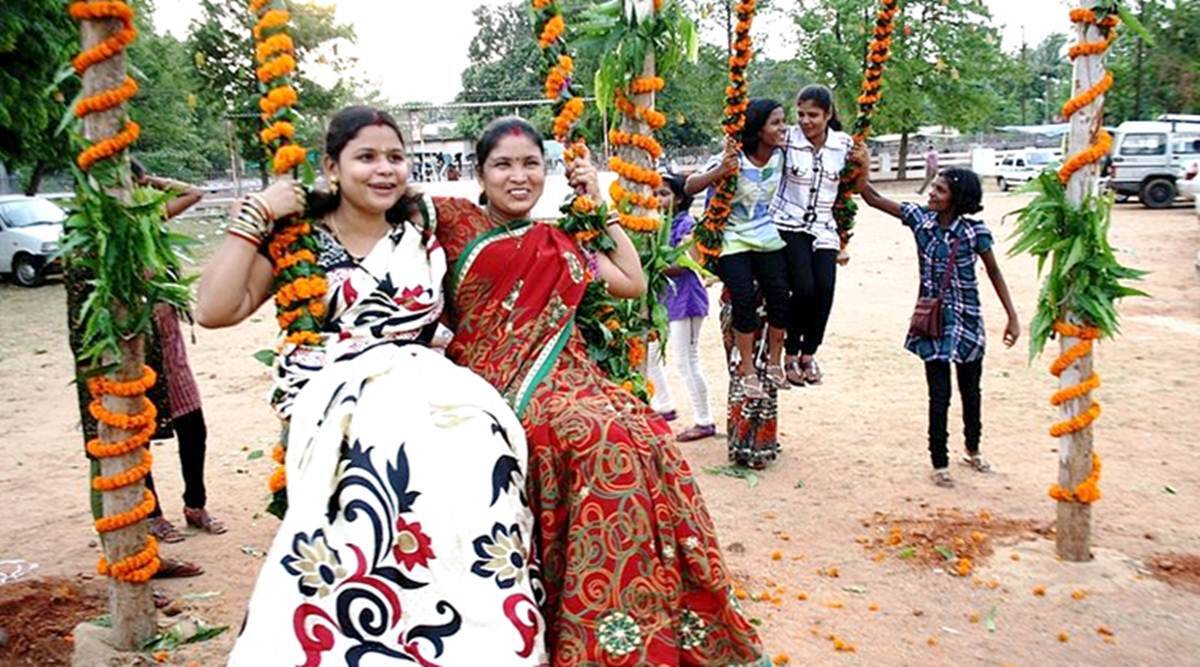This article is reviewed regularly by Wego’s editorial team to ensure that the content is up to date & accurate.
Raja is a three-day Hindu festival in Odisha which celebrates menstruation and womanhood. The festival is observed to respect Bhudevi, Lord Jagannath’s wife. It is believed that Mother Earth goes through a menstrual cycle for three days and is given a ceremonial bath on the fourth day.
In a country where menstruation is largely shunned, Raja is a unique festival that celebrates womanhood, blending rich traditions with fun and frolic. The entire family and town come together and enjoy the celebration joyfully.
Table of Contents
When is Raja celebrated in 2024?
Raja is primarily observed for three days. In 2024, Raja will be celebrated from 14 June to 16 June.
The first day is called Pahili Raja, also considered the last day of the month Jestha (summers). The second day is Mithuna Sankranti, the first day of Asadha (monsoons). The concluding day is popularly known as Basi Raja.
However, the festival in some states ranges for four days, including the fourth day, Basumata Puja or Basumata Gadhua (bathing & praying of Mother Earth).
How is Raja celebrated?
Raja festival is significant for its closeness to the agricultural class, and people celebrate it for fun and merrymaking. The word Raja itself in Odia means menstruation, and it’s a belief that Mother Earth goes for a three-day-long menstrual cycle during this period. So, on this occasion, no activities like tilling, construction or any other that hurts Mother Earth are done.
The Raja Doli, or the Raja swing, is one of the main attractions during the festivals. Ornately decorated rope swings with flowers and mango leaves are made where the women and children swing singing the festival songs.

Image © Indian Express
Indoor and outdoor games are also a popular pursuit during Raja. Women are given a break from household work and time to play indoor games. Unmarried girls will dress in new clothes or wear traditional Sarees and Alata (red dye) on their feet.
With all agricultural activity suspended, many villages organize Kabbadi matches against neighboring towns to keep the young men occupied. All night long Jatras (vigils) and Gotipua dances are typically organized in affluent villages with the means to support professional troupes. Eager enthusiasts in these villages also put together plays and various forms of entertainment.
The festival concludes with a custom called Vasumati Snana, or the bathing of Bhuma Devi. Women worship a stone that symbolizes Mother Earth. They bathe her with turmeric paste, offer her flowers and smear her with Sindoor.
Raja festival holds a special place in the hearts of the Odia people, and one thing immediately associated with it is the delicious “Poda Pitha.” Its irresistible aroma and flavor have made it synonymous with the festival. Apart from Poda Pitha, other delicacies such as Arisa Pitha, Mutton Curry, and Raja Pana make this festival even more special and beloved in every Odia household.













